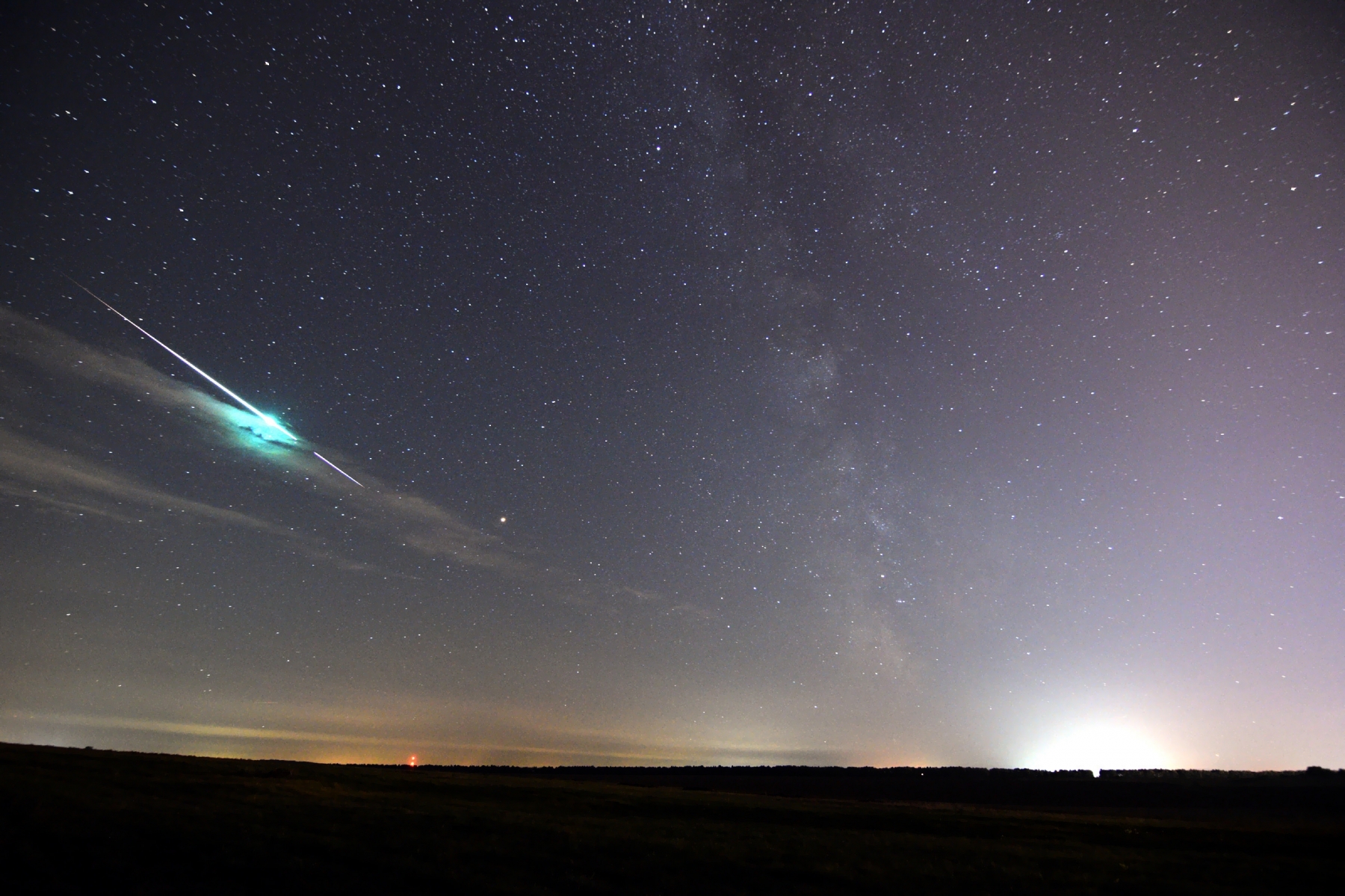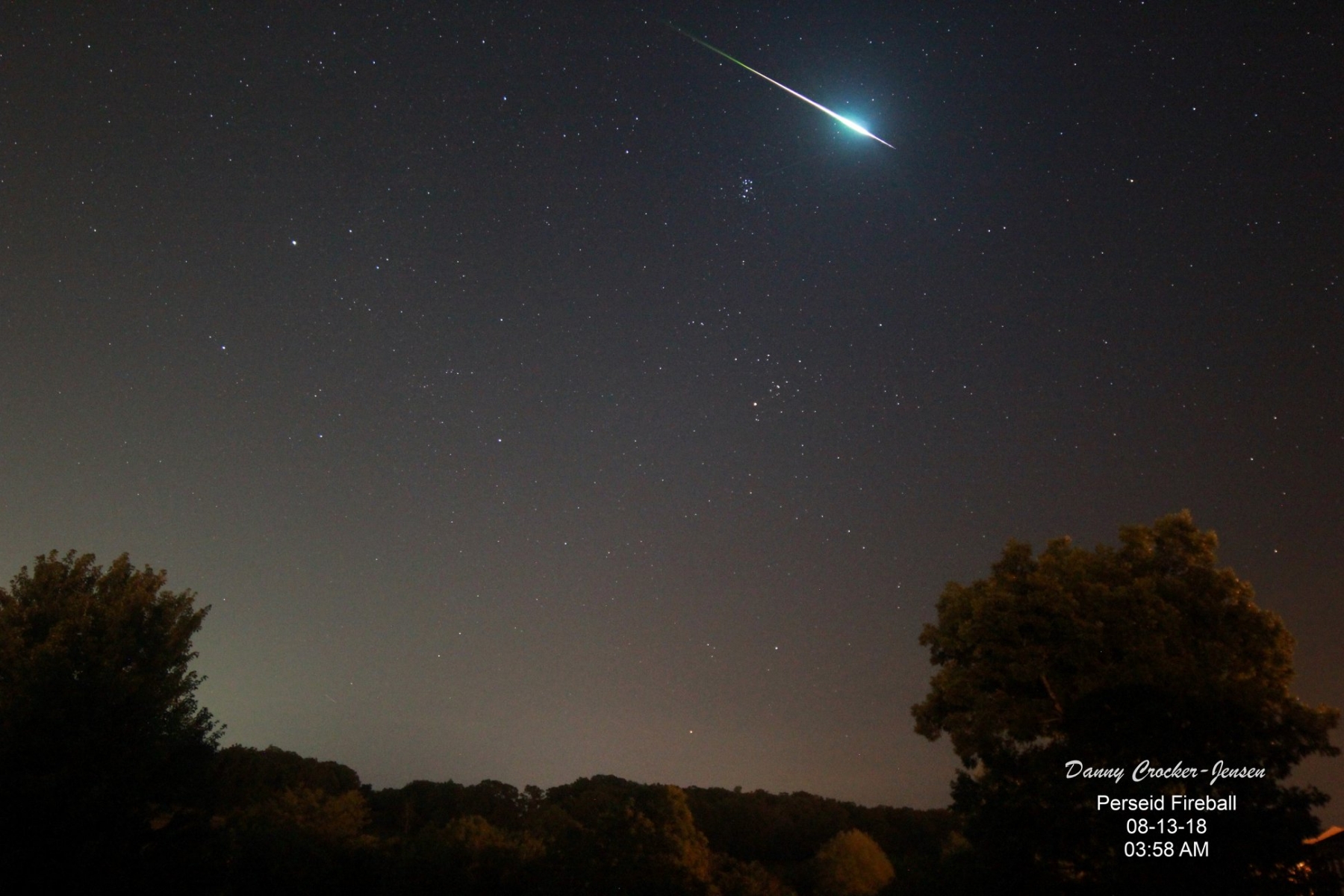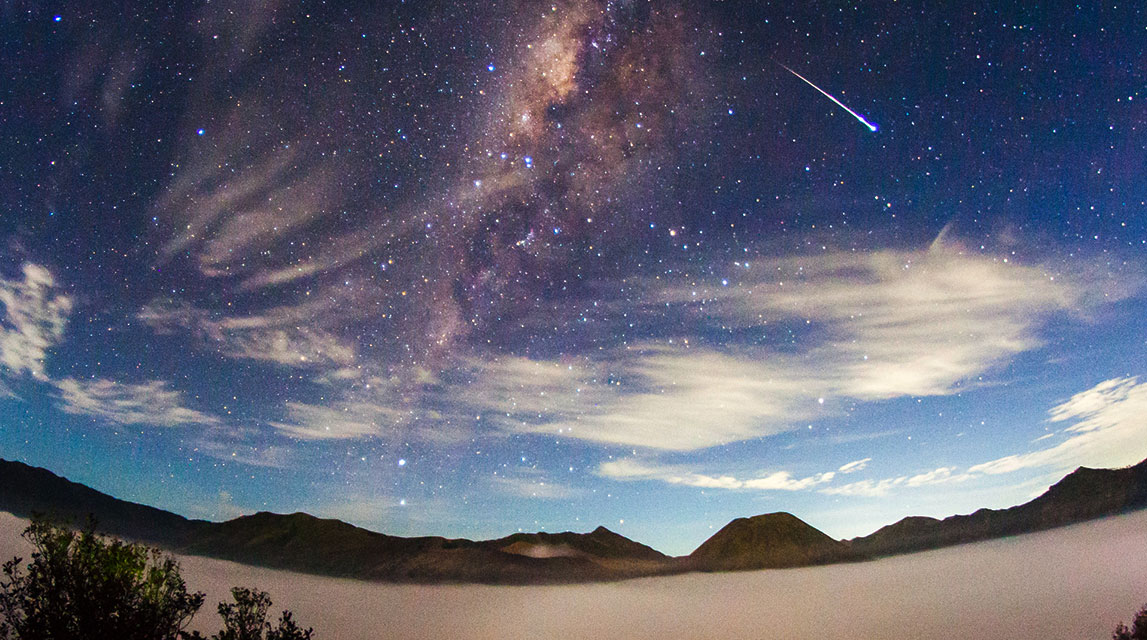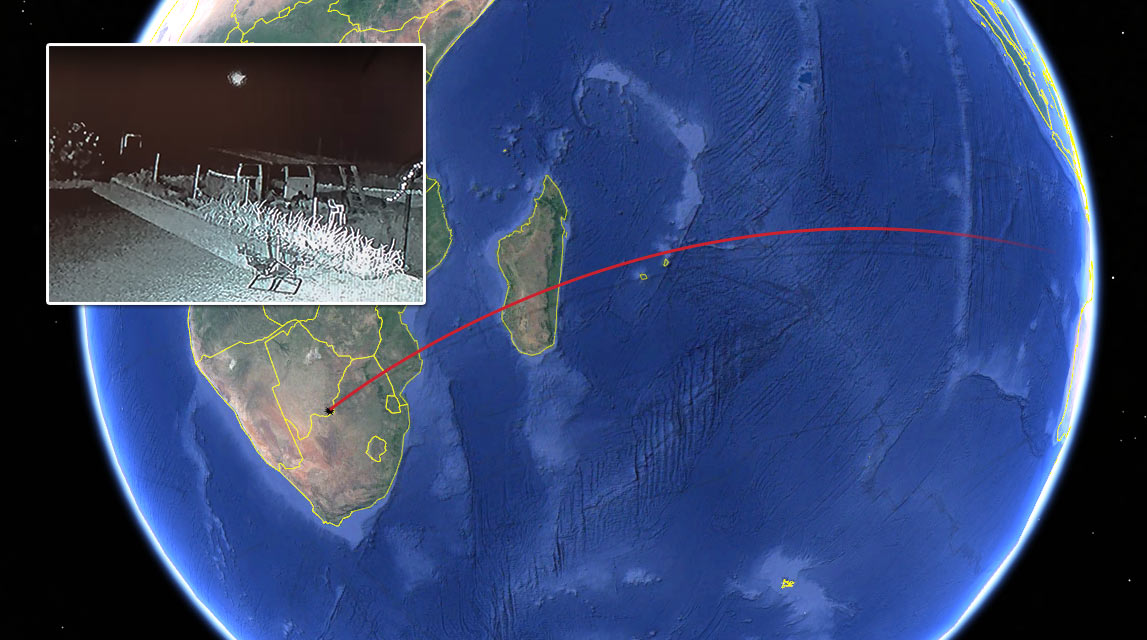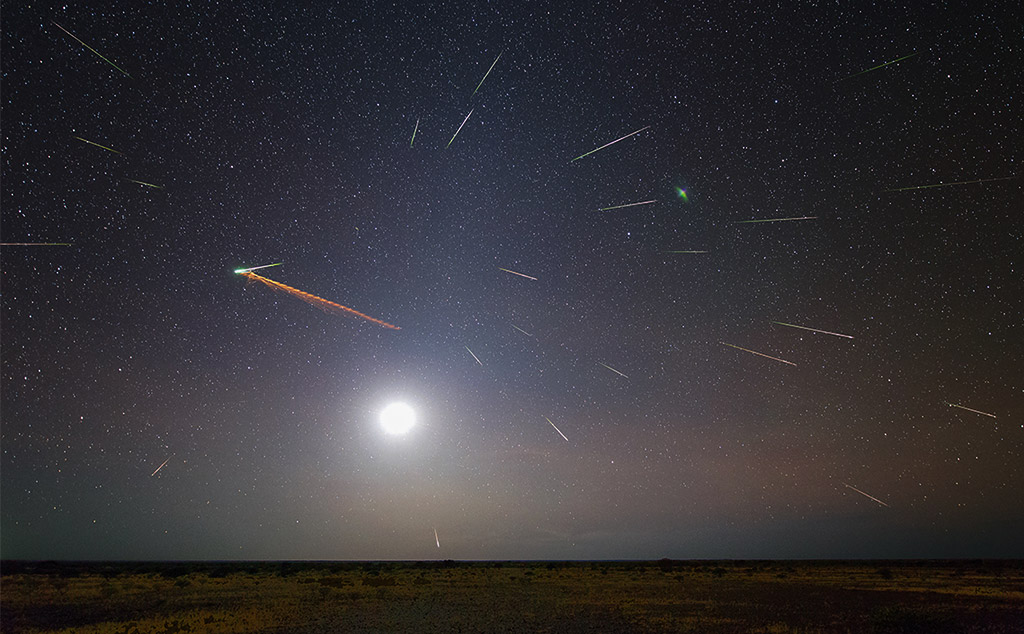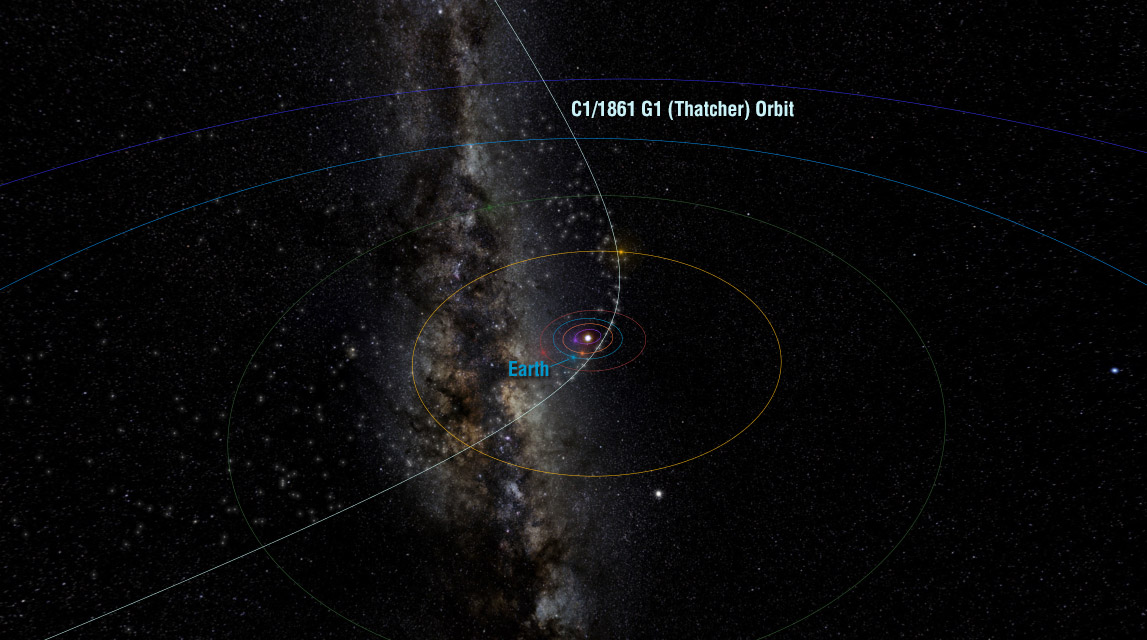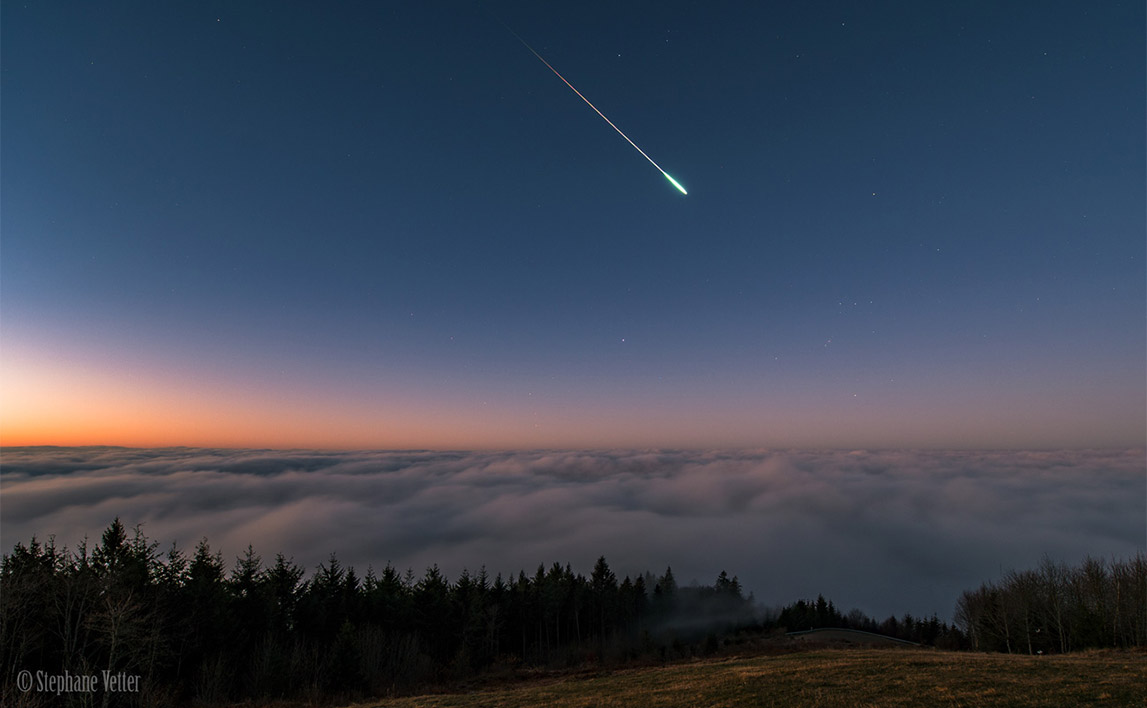
Meteor Activity Outlook for December 8-14, 2018
During this period the moon will wax from a slender crescent phase to nearly half illuminated. This will be a great time to view meteor activity as the moon will have set by the time the more active morning hours arrive. The moon will be present during the evening hours but successful meteor observing is still possible during this time by simply keeping the moon out of your field of view.
 American Meteor Society
American Meteor Society



